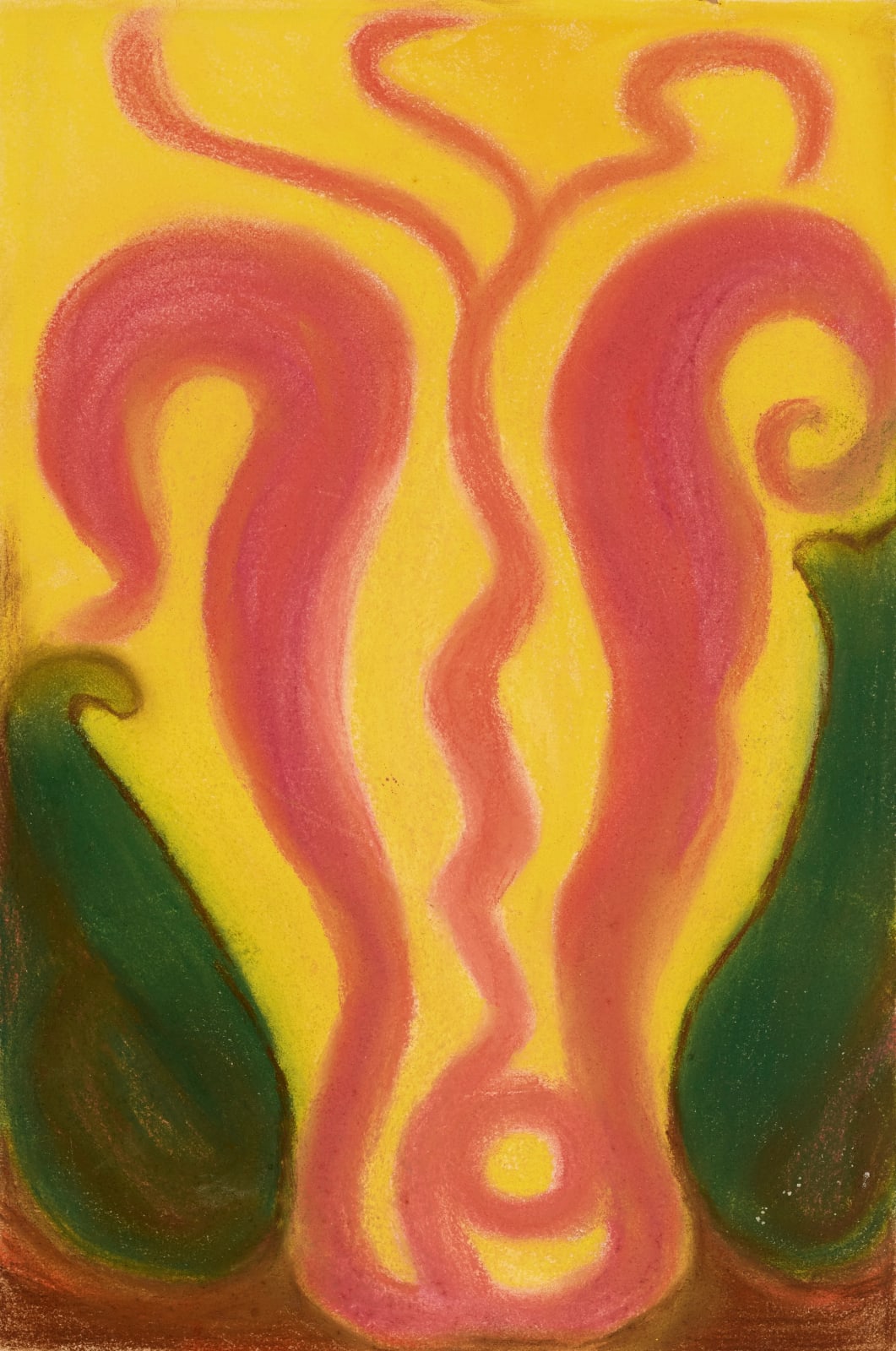Elisabeth Stoffers (1881-1971)
Elisabeth (Betsy) Stoffers was born on June 28, 1881 in Haarlem, the daughter of tobacco merchant Hendrik Stoffers and Jacomina Maria Hendriks. From a young age, she showed talent as a draftswoman. At just seventeen, she was admitted to Amsterdam’s Rijksakademie van Beeldende Kunsten, where she studied under August Allebé.
Stoffers entered the academy in 1898 at a pivotal moment, just as women were beginning to gain access to the same educational opportunities as men. Although drawing was long considered a suitable pastime for women of the upper classes, formal art education was seen as unnecessary and unfeminine. Women had been admitted to the Rijksakademie since 1871, but they were not granted equal instruction. Excluded from advanced classes such as anatomy, essential for mastering genres like history painting or mythological scenes, relegating women to less ambitious subjects like portraits and still lifes. These restrictions also prevented female participation in competitions such as the Prix de Rome, which required submissions based on the male nude model.
Stoffers’ artistic career was brief, and she participated in only a few exhibitions. She was a member of the Amsterdam artists’ society Arti et Amicitiae, and her early work aligns stylistically with the Amsterdamse Joffers (‘Amsterdam Misses’), a group of female painters who had also studied at the Rijksakademie. Yet Stoffers remained something of an outsider. In 1905, she married Louis van Vreumingen and moved to Gouda, where she established a studio and was promising productive during the early years of her marriage. After the birth of her second child in 1910, her artistic career appeared to abruptly come to an end as her husband no longer allowed her to have a studio. The arrival of twins in 1914 seemed to solidify the perception that her professional career had ceased.
A surprising discovery in 1980 challenged that narrative. Thirty-two abstract pastels—signed ‘E.Stoffer’ and monogrammed ‘BS’—discovered in a Leiden estate, revealed that Stoffers had secretly continued to create art between 1915 and 1918. With no access to a proper studio, she turned to pastel, a portable and private medium. These drawings, filled with vibrant colors and abstracted forms, mark a striking departure from her academic training and suggest a bold, spiritual exploration of form and emotion.
Her friend and neighbor, Dutch potter and designer Chris Lanooy (1881-1948), may have influenced this unrevealed body of work. As a ceramicist, Lanooy produced expressive pastels, featuring organic shapes and contrasting hues for his designs. Stoffer’s pastels, characterized by flowing, feminine lines and a delicate, ethereal quality, evoke the visionary abstraction of Hilma af Klint’s and Georgia O’Keeffe.
In her compositions, Stoffers expressed complex feelings—anguish, joy, tenderness—through a uniquely modern visual language. Whatever her inspiration, Elisabeth Stoffers’ rediscovered pastels stand as a profound and pioneering contribution to early abstraction in the Netherlands.
Provenance
Private collection, Leiden
Kunsthandel Wending, Amsterdam, 1980
Private collection, Amsterdam



